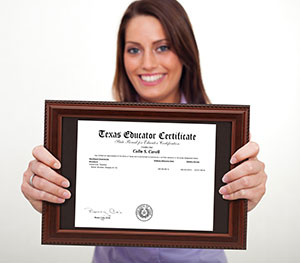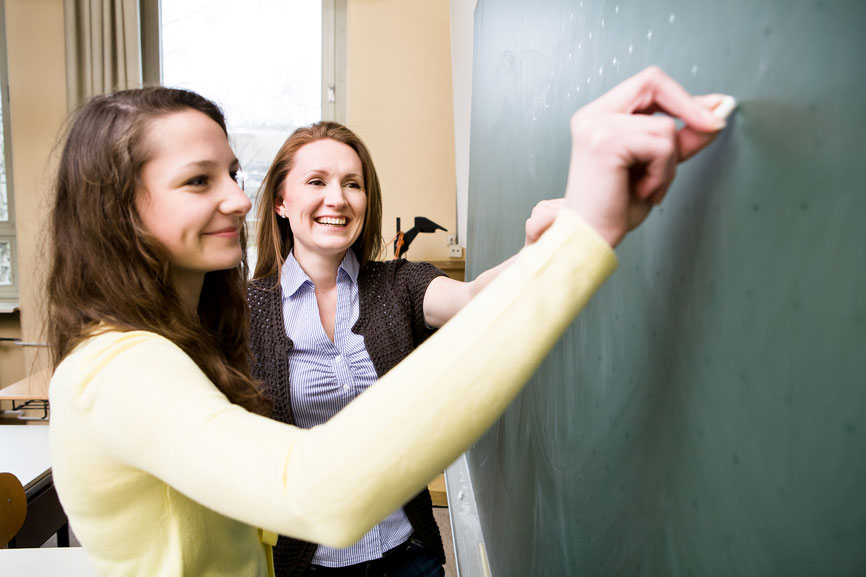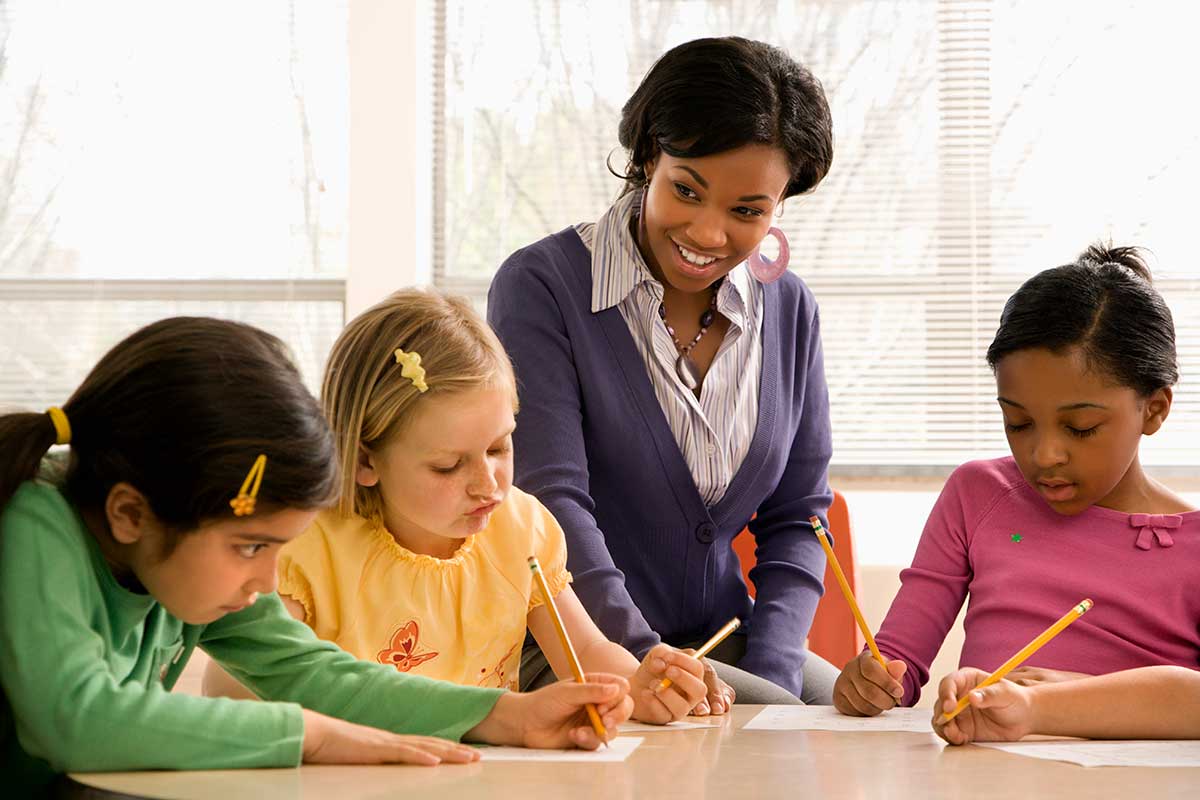Emergency Preparedness / First Aid Kit
School districts around the country must proactively plan for a natural disaster by formulating an effective and responsive emergency preparedness plan. School safety should be a high priority for school administrators around the nation. An emergency preparedness plan should focus on any natural disaster occurring during school hours. By having administrators formulate an emergency preparedness plan, your child will be well taken care of during any natural disaster that may occur. School districts must plan for the likelihood of tornadoes, flash floods and wildfires. Fail safe school safety protocols are crucial to safeguard the safety of your children. Furthermore, administrators must assemble a first aid kit that will be able to treat your child in the event they are injured during a natural event. As long as each campus within the district has a first aid kit available during a disaster, your child can be treated until medical help can arrive. With the unpredictable nature of natural disasters, having an emergency preparedness plan is a proactive approach to minimizing the possible injuries and casualties that may occur.
Basic Components of a First Aid Kit:
|
|
|
|
|
|
The items included in a first aid kit will ensure your child will be adequately attended to during a natural disaster. Each school district should plan to have at least one first aid kit at each school throughout their district. An up to date emergency preparedness plan will ensure the appropriate precautions have been made to care for your child if an emergency situation should arise. School safety is a mandatory component to ensuring the well-being of your child.
Emergency Preparedness – Tornadoes:
- Tornadoes generally occur in the spring or summer and are most likely to strike between 3:00 pm and 9:00 pm. Over 1,000 tornadoes are reported each year around the country.
- Your school district should regularly initiate emergency preparedness drills so students will remember what to do during a tornado.
- Your children should take cover quickly if a tornado strikes without warning – tornadoes can drop out of a cloud within seconds.
- Children should be trained to use their hands to protect their head and neck from falling or flying objects during a tornado.
- Emergency Preparedness plans should direct your child toward the hallways of each school, away from windows and doors – flying glass can cause serious injury or death.
Emergency Preparedness – Flood and Flash Flood:
- Floods are the most common form of natural disaster to occur and can cause the greatest loss of life.
- Nearly 90% of all damage during natural disasters are due to floods.
- Your children should never walk, swim or play in flood water – submerged dangers in the form of sink holes and open manhole covers can sweep away your child during a flood.
- Administrators should have an emergency preparedness plan in place to make sure the perimeter of the school is safe and routes to and from school are passable.
- Watch out for snakes and fire ants floating in flood water – usually float near the surface of flood water.
Emergency Preparedness – Wildfires:
- Wildfires can ignite without any warning and having an emergency preparedness plan in place will help minimize panic students may experience.
- Your child should practice the drill of stop, drop and roll – by practicing this response to a fire, your child’s reaction to a fire will become automatic.
- School districts should invite fire men to local schools on a regular basis to acquaint your child with safety protocols and procedures. Also, having your child exposed to the uniform and rugged appearance of firemen will help minimize confusion during a fire.
For more information on weather alerts and conditions, visit www.nws.noaa.gov










